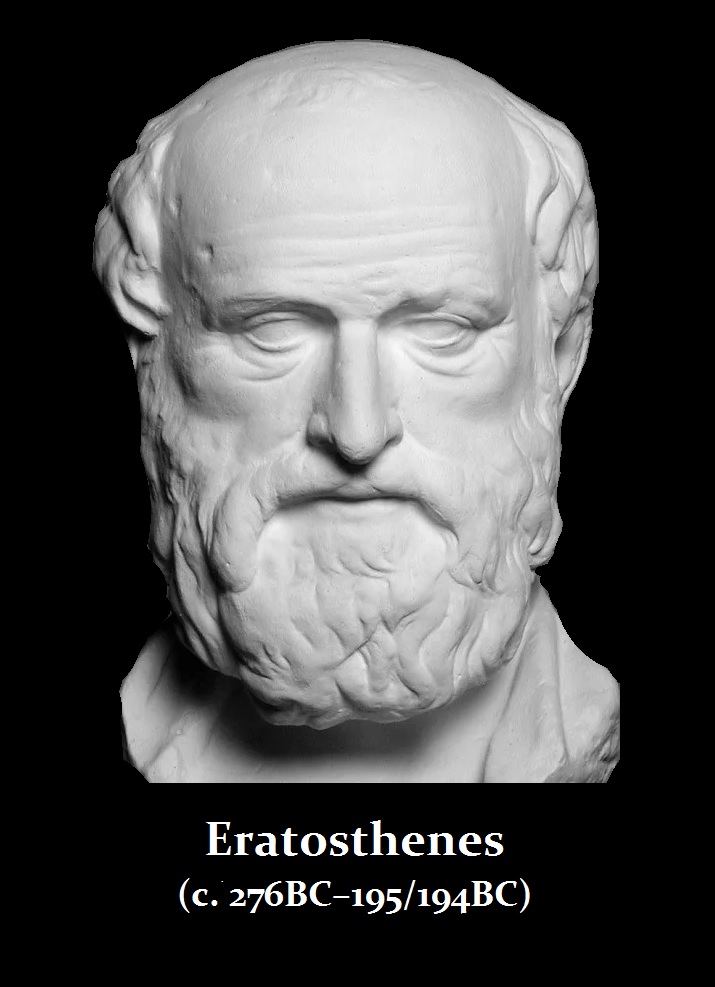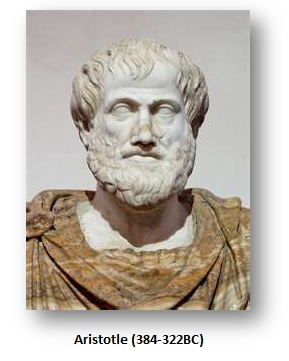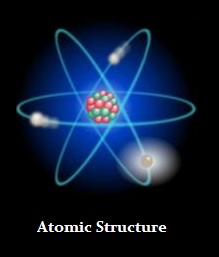Cycle of Knowledge
QUESTION: Hello,
I am a French Astrophysicist and I end up watching with great interest a TV story about Martin Armstrong. As a scientist I am really curious and keen to build new connection between our way of describing the Universe and the bias introduced by our own vision and history. Hence I was wondering if the algorithm that Martin has developed was ever tested on human knowledge discovery or if this is something that could be interesting to do.
Kind Regards,
IA
ANSWER: Absolutely. There is cycle to knowledge that I have also encountered and found fascinating. We reach period of knowledge and then we seem to lose it all and reboot. Society before the Dark Age knew the Earth was round and not flat. For example, if we look at the ancient Greeks, the knew the Earth was round and not flat. They burned people like Giordano Bruno (1548–1600) alive at the stake for claiming the world was round and it revolved around the sun instead of the other way around. The Greek philosopher Aristotle (384-322 BC) argued in his writings that the Earth was spherical, because of the circular shadow it cast on the Moon, during a lunar eclipse. Another reason was that some stars visible from Egypt are not seen further north. Aristotle wrote:
The evidence of the senses further corroborates this. How else would eclipses of the moon show segments shaped as we see them? As it is, the shapes which the moon itself each month shows are of every kind — straight, gibbous, and concave — but in eclipses the outline is always curved: and, since it is the interposition of the earth that makes the eclipse, the form of this line will be caused by the form of the earth’s surface, which is therefore spherical.
Again, our observations of the stars make it evident, not only that the earth is circular, but that it is a circle of no great size. For quite a small change of position to south or north causes a manifest alteration of the horizon. There is much change, I mean, in the stars which are overhead, and the stars seen are different, as one moves northward or southward. Indeed there are some stars seen in Egypt and in the neighborhood of Cyprus which are not seen in the northerly regions; and stars, which in the north are never beyond range of observation, in those regions rise and set.
All of which goes to show not only that the earth is circular in shape, but also that it is a sphere of no great size: for otherwise the effect of so slight a change of place would not be so quickly apparent. Hence one should not be too sure of the incredibility of the view of those who conceive that there is continuity between the parts about the pillars of Hercules and the parts about India, and that in this way the ocean is one.
(Aristotle, “On the Heavens,” Book II, Chapter 14, The Works of Aristotle, Oxford University Press; pp. 297-298.)
Aristotle, on the other hand, disagreed with the Atomic theory developed by Democritus (460—370 BC) in 465BC. He believed that instead of being matter being made of tiny particles (atoms) that they were all fundamentally air, fire, water, and earth. The Atomic theory was actually first proposed by Leucippus (c 5th cent. BC), and was then adopted by Democritus. The Atomic theory stated that “The universe is composed of two elements: the atoms and the void in which they exist and move.” According to Democritus atoms were miniscule quantities of matter, which he believed could not be destroyed, differ in size, shape and temperature. They were also in constant movement yet could not be seen with the naked eye. He believed that there are an infinite number of atoms.
 Then there was the Alexandrian philosopher Eratosthenes (c. 276BC–195/194BC) who actually estimated how large the Earth was. Eratosthenes learned that on midsummer day (June 21) in the town of Syene in southern Egypt, the noontime Sun was reflected in a deep well for it was directly overhead on that one day. Eratosthenes in Alexandria which was about 5000 stadia north of Syene. In Alexandria the Sun on the corresponding date did not quite reach zenith (perfectly overhead), and vertical objects would cast a short shadow. Hence, Eratosthenes calculated that the direction of the noon Sun differed from the zenith by an angle that was 1/50 of the circle, that is, 7. 2 degrees. With this realization, ,Eratosthenes estimated the circumference of the Earth to be 250,000 stadia.
Then there was the Alexandrian philosopher Eratosthenes (c. 276BC–195/194BC) who actually estimated how large the Earth was. Eratosthenes learned that on midsummer day (June 21) in the town of Syene in southern Egypt, the noontime Sun was reflected in a deep well for it was directly overhead on that one day. Eratosthenes in Alexandria which was about 5000 stadia north of Syene. In Alexandria the Sun on the corresponding date did not quite reach zenith (perfectly overhead), and vertical objects would cast a short shadow. Hence, Eratosthenes calculated that the direction of the noon Sun differed from the zenith by an angle that was 1/50 of the circle, that is, 7. 2 degrees. With this realization, ,Eratosthenes estimated the circumference of the Earth to be 250,000 stadia.
I have stated before that after Rome fell, the financial capitol of the world moved to Constantinople in Turkey. After the Byzantine Empire fell, that financial capitol moved to India. It was because of the importance of India that Columbus set sail on a mission to India based upon a wrong calculation of the size of the earth. Columbus relied upon the calculations of the earth from Ptolemy. Ptolemy influenced Strabo who in turn reduced the 250,000 Stadia of Eratosthenes to 180,000, and then stated that half of that distance came to just 70,000 stadia, making India reachable by sailing West. So India has played a very important role for Europe bumped into the Americas by trying to sail to India.
This is only one example of how there has been a cycle to knowledge. It is by no means linear. Knowledge is built from experience. Thus, we have to go through the business cycle to advance. This was in part included in Schumpter’s explanation of the business cycle that there are waves of innovation. He did not see what I see studying history that there is also a peak and then a decline to the level of knowledge as well and it is not linear as Schumpter imagined from a small data set.


